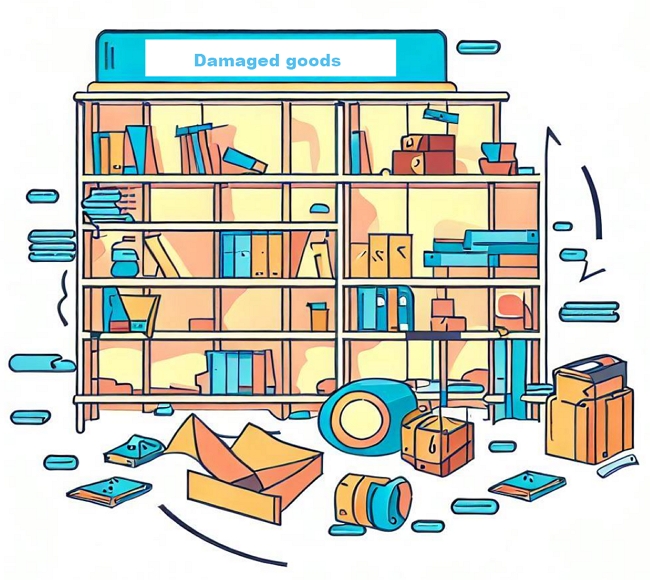Determine your Shrinkage and Damaged rates for your shop

How to Calculate Inventory Shrinkage and Damaged Goods: 2025 Guide for Australian Retailers
Inventory shrinkage and damaged goods continue to rapidly erode profitability for Australian retailers, making retail loss prevention an increasingly important priority. With your latest stocktake complete, now is the ideal time to calculate these critical rates, as you will never have better figures. Good inventory control transforms a retail business.
Inventory Shrinkage and Damaged Goods
Let's define what we are talking about first. Inventory shrinkage refers to the loss of stock that occurs when actual inventory levels are lower than what your computer records indicate, which we refer to as the perpetual stock. Common causes of losses include theft, administrative errors, and other similar issues.
Goods that, due to damage, cannot be sold at full price are classified as damaged goods.
Calculating your Inventory Shrinkage rate
To accurately determine your inventory shrinkage rate, follow this process that leverages your POS system's inventory management tools.
Begin by establishing your perpetual stock value. This figure represents your theoretical inventory level, as reported by your POS software, before any physical stocktake.
Now you have the physical stocktake that you have just done.
In our POS system, we have a comparison report that automatically provides the figures for losses. Focus exclusively on products physically carried in your store, excluding non-stock sales such as lottery tickets or service revenue, to ensure the calculation accurately reflects inventory movement. We can do something similar with your lotto system, as lotto does have a report of what you should have sold. I will address this in a separate post.
The shrinkage formula is as follows:
=(Perpetual Stock Value) - (Physically Counted Inventory Value)/(Perpetual Stock Value) x 100%
Example
A retailer with a perpetual stock value of $100,000 in a department finds, after the stocktake, that their stock is $98,500, and sales of stock products total $70,000 for the period. The shrinkage rate would be:
=(100,000 - 98,500)/100,000 x 100 = 1.5%
This calculation shows that 1.5% of the stock was lost to shrinkage. That rate, unfortunately, is not uncommon. Some of you may be surprised by how high your figures are. Shrinkage rates have increased this year. They increased the previous year as well.
Industry Benchmark for 2025
The retail shrinkage rate for Australian retailers is about 1.4%.
Every 1% shrinkage causes about a 3.5% drop in profit.
A rate above 2% highlights the need for immediate investigation and remedial action.
Calculating Damaged Goods
The calculation for damaged goods is as follows:
=(Damage Stock Value)/(Cost of Stock Product) x 100%
We refer to this as the damage rate, another significant contributor to inventory loss. These damaged goods cannot be sold at full price.
Looking at them, we can often determine the cause.
Inventory Management and Loss Prevention Strategies
Effective inventory management is crucial for minimising both shrinkage and damaged goods. Analysing losses by category, department, or location allows you to pinpoint where problems are occurring. Recording the reasons for missing or damaged items—such as theft, receiving errors, or poor storage—provides actionable insights for process improvement.
With a modern POS inventory management system, you at least have real-time tracking of the problem.
Conclusion
After determining the overall measurements of your inventory shrinkage and damaged goods, you may want to dive deeper into specific departments by performing this analysis across departments, as well as consider doing it by key items and locations. Using this, you can pinpoint areas of concern.
Written by:

Bernard Zimmermann is the founding director of POS Solutions, a leading point-of-sale system company with 45 years of industry experience, now retired and seeking new opportunities. He consults with various organisations, from small businesses to large retailers and government institutions. Bernard is passionate about helping companies optimise their operations through innovative POS technology and enabling seamless customer experiences through effective software solutions.




